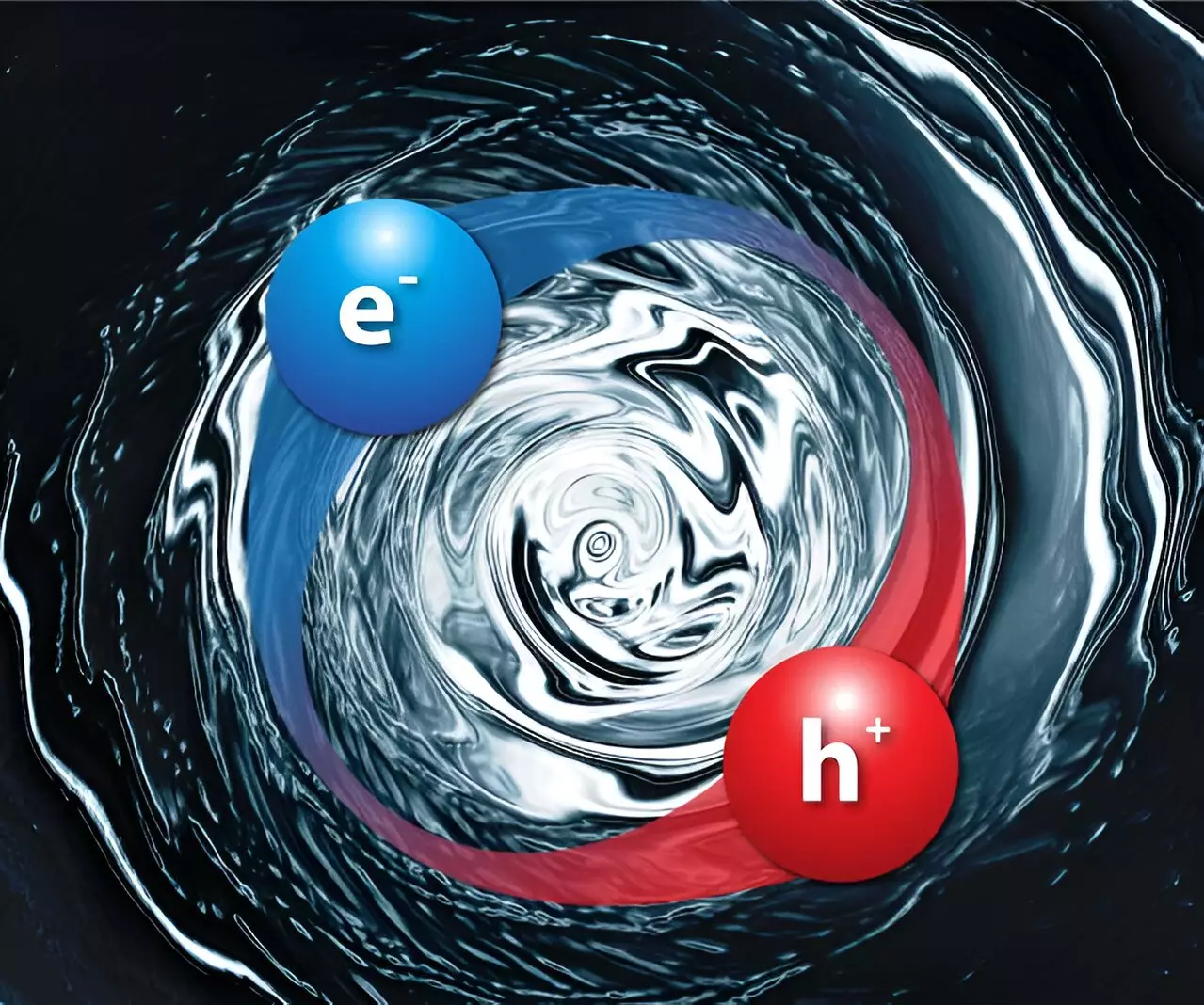The world of condensed matter physics is always enriching itself with new theories and discoveries that promise to push the boundaries of technology. Two prominent figures in this field, Professor Bruno Uchoa and postdoctoral fellow Hong-yi Xie from the University of Oklahoma, have taken a significant step forward by announcing their groundbreaking research on a new class of exciton. Their findings, published in the esteemed journal Proceedings of the National Academy of Sciences, signal a potential leap toward advanced quantum devices. Excitons, which are formed when electrons and holes bind due to their oppositely charged nature, have long been an essential part of the fabric surrounding insulators and semiconductors—the very materials that constitute the backbone of modern computational technology.
Uchoa and Xie’s pivotal contribution lies in their theoretical prediction of what they term “topological excitons.” With finite vorticity, these excitons would exist within a specific class of materials called Chern insulators. To grasp the significance of this concept, one must first delve into the mathematical area of topology. This branch studies properties that remain invariant even amidst transformations such as stretching or bending. Among the examples often highlighted in this domain are a donut and a mug with a handle, both examples of shapes that can morph into one another without tearing or gluing, thereby showcasing their shared topological characteristics.
In the context of Chern insulators, Uchoa succinctly explains the unique electronic behavior these materials exhibit. While Chern insulators permit electrons to circulate along their edges, they do not conduct electricity through their interior. The hallmark feature of these systems is the spontaneous emergence of unidirectional edge currents, which can flow in either a clockwise or counterclockwise direction, leading to anticipated applications in advanced electrical systems.
One of the paper’s most compelling predictions revolves around the interaction between light and Chern insulators, wherein excitons that arise from photoexcitation are expected to acquire the topological characteristics of the underlying electronic states. Unlike previous studies that often relied on simulations, Uchoa and Xie’s proposition is grounded in fundamental principles of physics, marking a paradigm shift in how we understand excitons and their interactions.
When light interacts with insulators, electrons are excited from the valence band to the conduction band, enabling them to gain freedom of movement. However, what sets their study apart is the assertion that when these two bands are topologically asymmetric, the resulting excitons cannot be treated as mere byproducts; they transcend traditional definitions, resulting in topological excitons. As these excitons eventually decay and release energy, a fascinating prediction emerges: they are likely to emit circularly polarized light, a characteristic that could have widespread applications.
The ramifications of this discovery could revolutionize the way we design optical devices. Professor Uchoa notes that, particularly at low temperatures, these exotic excitons may give rise to an unprecedented regime of neutral superfluidity. This could potentially lead to the development of powerful polarized light emitters and advanced photonic devices specifically targeted for quantum computing solutions.
Xie echoes this sentiment, emphasizing the significant promise of these topological excitons in crafting innovative optoelectronic devices. In uncertain yet exciting terms, Uchoa suggests that this composite particle could not only facilitate advancements in quantum communication but would also play a crucial role in engineering qubits. By harnessing the vorticity or polarization of emitted light, it could be possible to create qubits that operate with both entangled states, redefining the landscape of quantum information processing.
The predictions of Uchoa and Xie pave the way for an exhilarating frontier in condensed matter physics, where novel excitonic behavior and the principles of topology merge. Their work illuminates a myriad of potential applications, promoting transformational shifts in optical device manufacturing and quantum computing that may very well redefine the technological landscape of the future. As the intricacies of these topological excitons continue to unfold, one thing is abundantly clear: the race towards advanced quantum devices has acquired a new and exciting contending force.


Leave a Reply